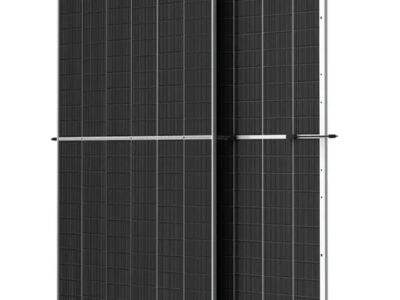VoltX Solar understands how important it is to obtain sun energy. Sunlight gives energy and can be helpful for us in various ways. This is why they sell monocrystalline and bifacial solar panels. So, what are these two kinds of panel, and how do they differ? So how about we take a closer look at it together?
Monocrystalline vs Bifacial Solar Panels: What Are The Use Cases?
So, starting with monocrystalline solar panels. These panels are composed of a single crystal silicon. This special design helps them work with quite efficiency. Then there're what are popularly known as bifacial solar panels. These panels differ from traditional solar panels in which they have solar cells on both the face of the panel, as well as on the back side. It lets them catch sunlight from not one, but two angles at once! Now, visualize assimilating sunlight not just from above but also from the light reflected off the ground. Which is most likely what bifacial panels do.
Monocrystalline vs Bifacial
Which is the winner in terms of performance? An important difference is how efficient they are. Since monocrystalline panels are made from a single crystal, they tend to convert more sunlight into energy. That's what makes them so super efficient in the sunny regions. Bifacial panels also have variables to be efficient, and also in how much energy they will generate. The answer solely depends on the location of the panels, which means how the sun hits them at any given time. That means selecting which panel to use is just as important in order to make the maximum energy.
Bifacial solar panels and monocrystalline
Now let's discuss the appearance of these panels. Monocrystalline panels, on the other hand, tend to look black or dark blue as well as smooth and even in texture. Rooftops just look nice and neat with them. Unlike typical solar panels which are dark and dull on both sides, bifacial solar panels have transparent glass on both sides. This implies they can be a little bit more various and also rather even interesting to see. They are special in that they can fit into most any building or landscape.
Difference Monocrystalline In Bifacial Panels
In terms of the installation of these panels, monocrystalline and bifacial panels can both be set up without much hassle. Monocrystalline panels are the most common panels and more popularly used. That popularity translates to so many people who know how to install them well. However, both types of solar panels require regular care and maintenance to ensure they continue to function correctly. Monocrystalline panels, on the other hand, are much easier to clean and maintain, according to many.

